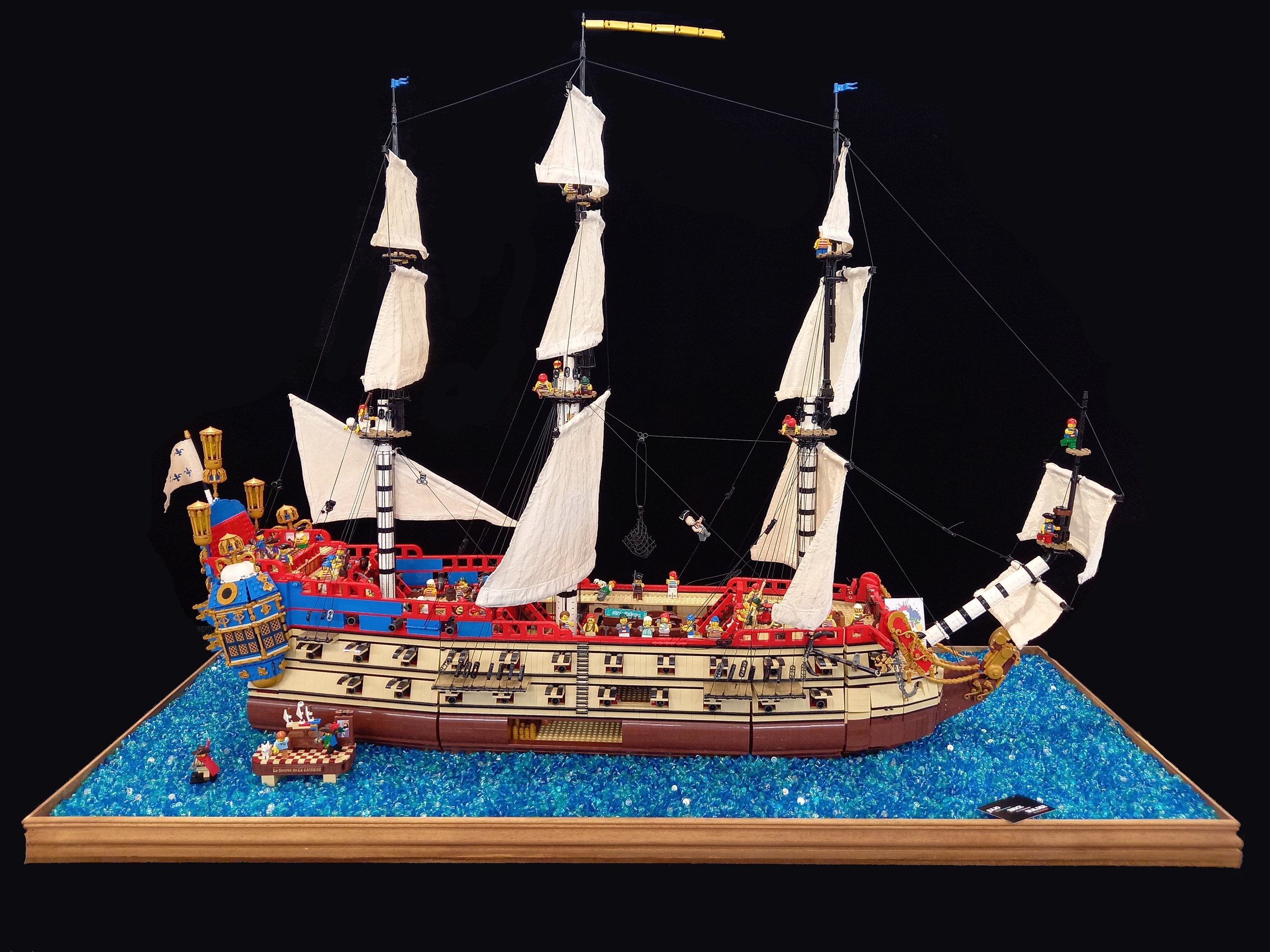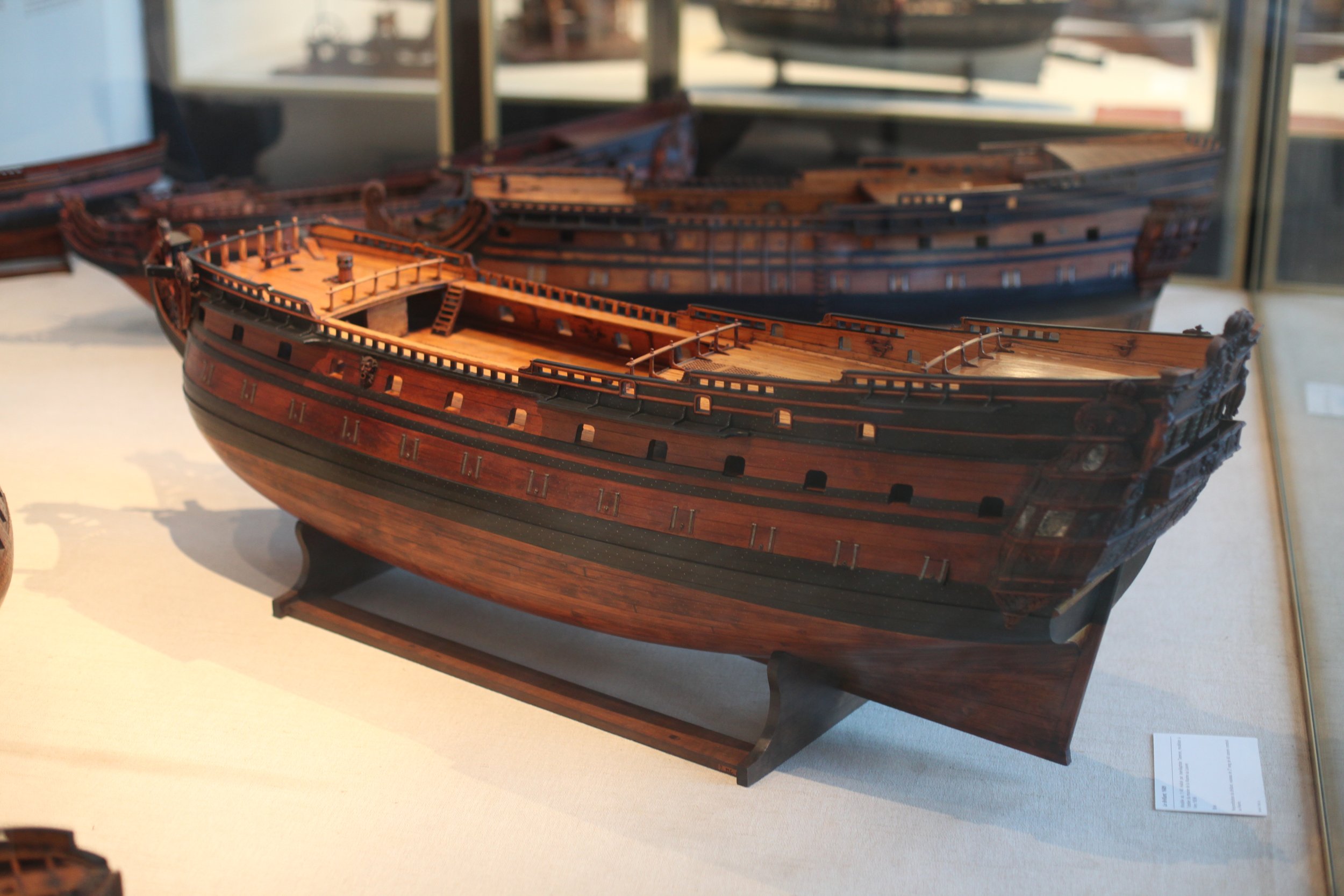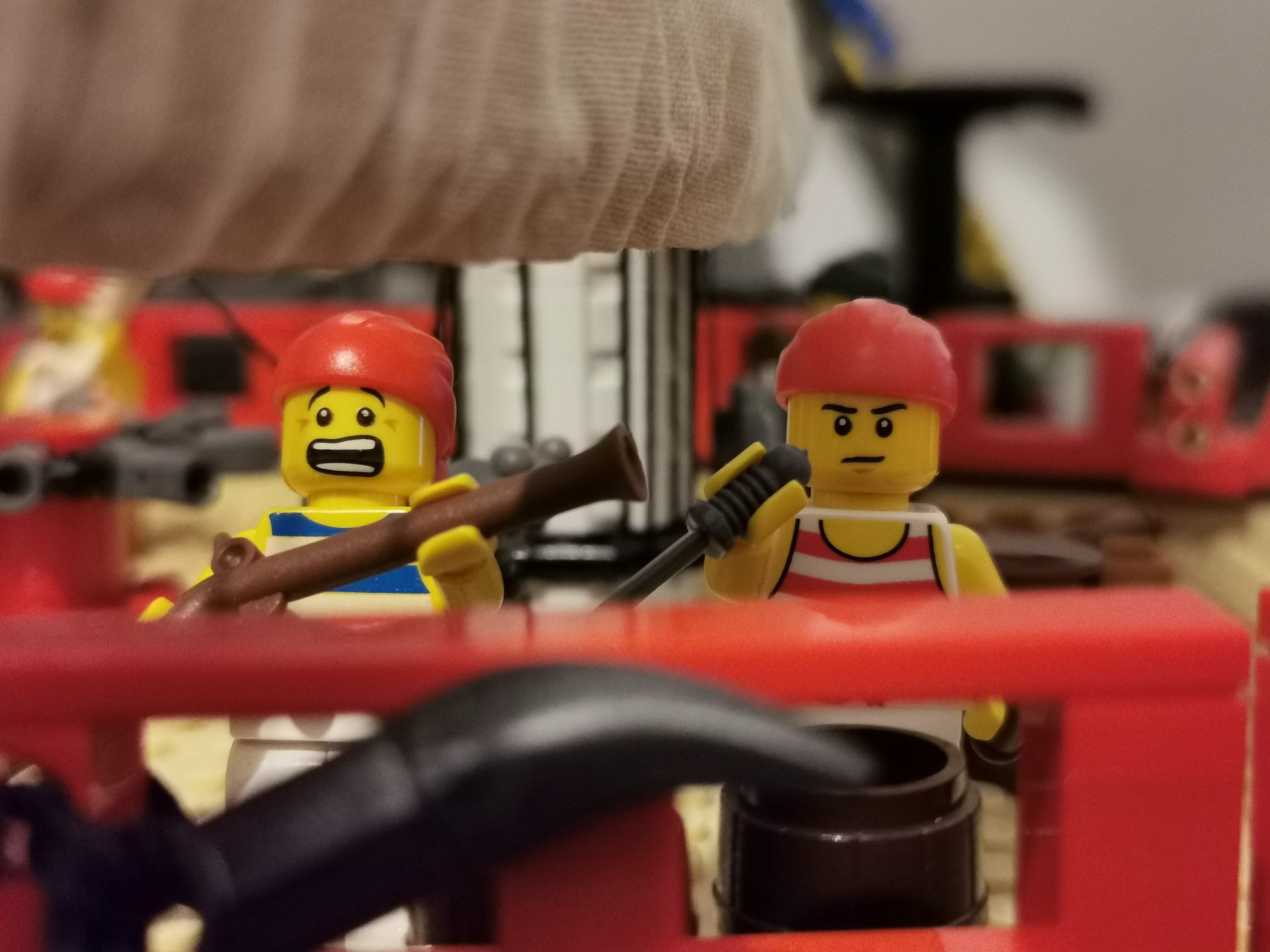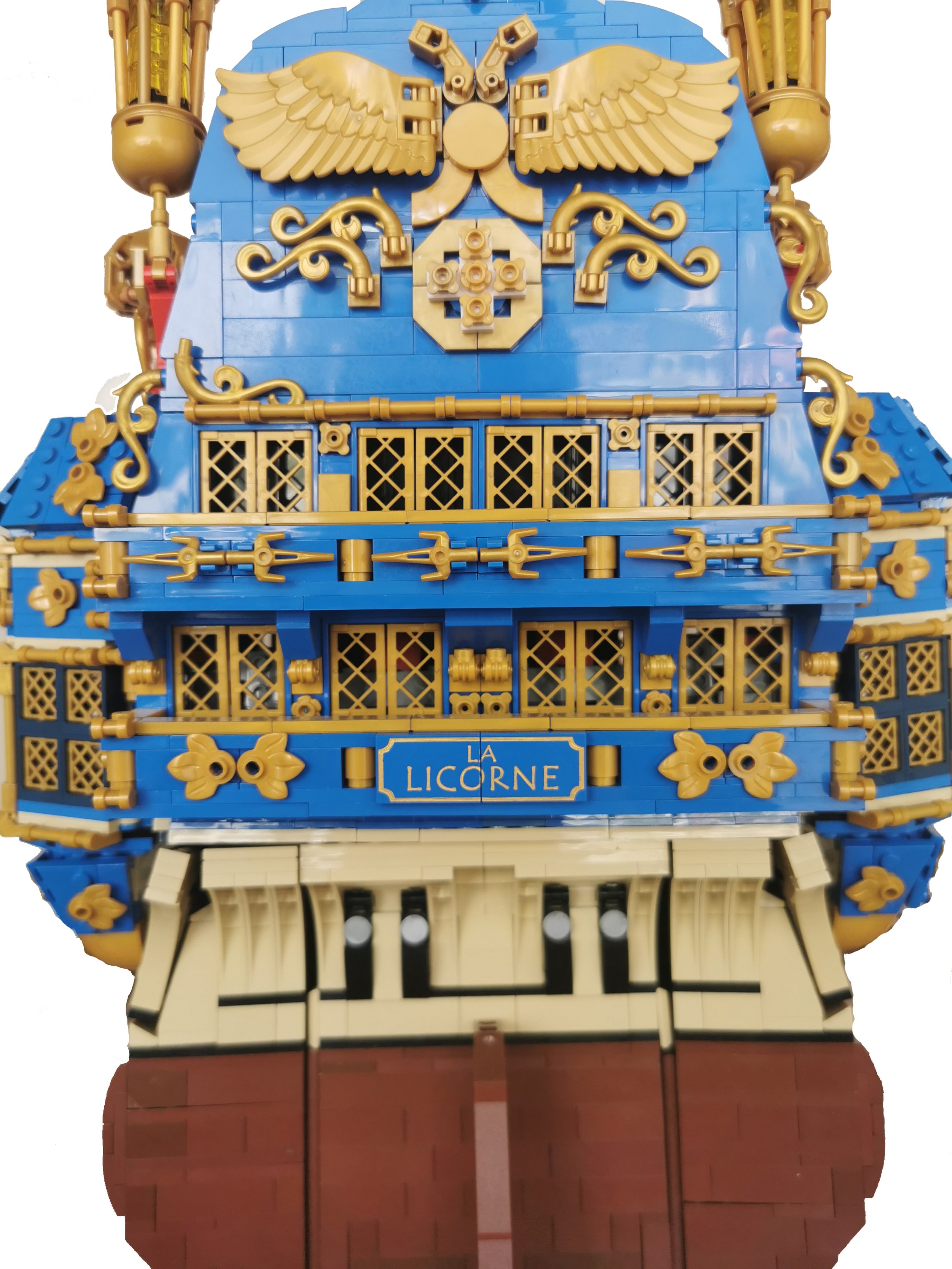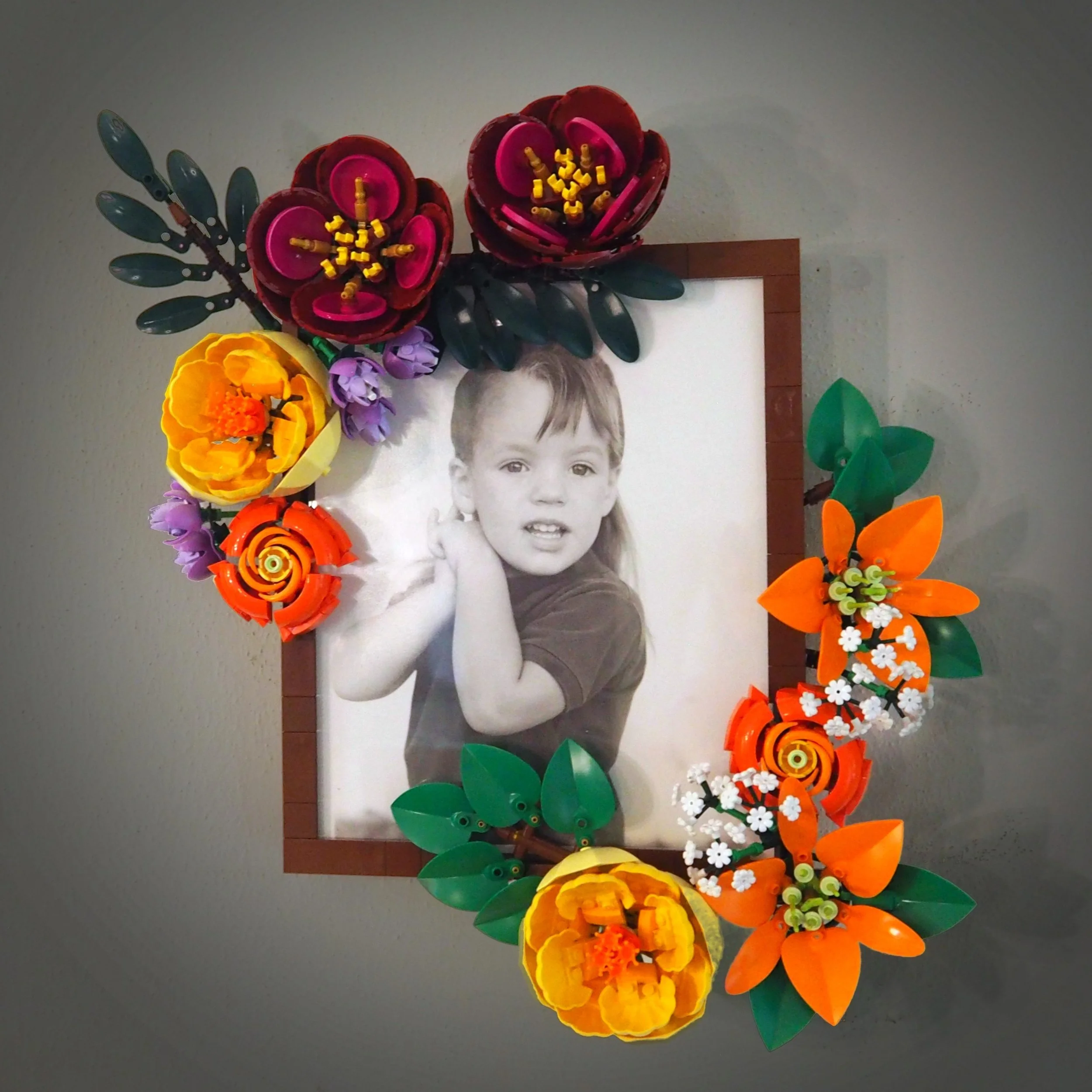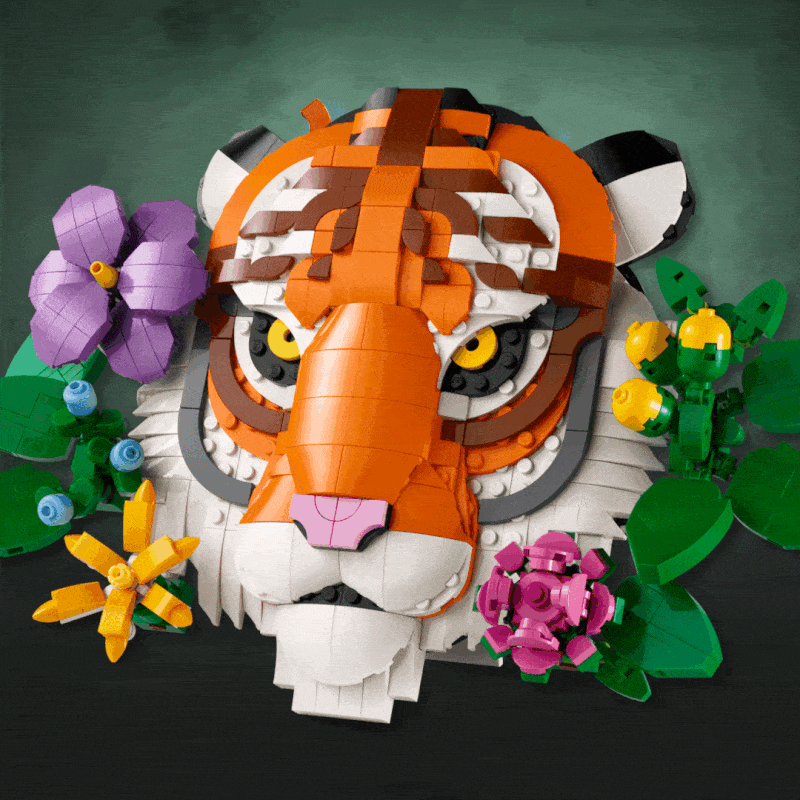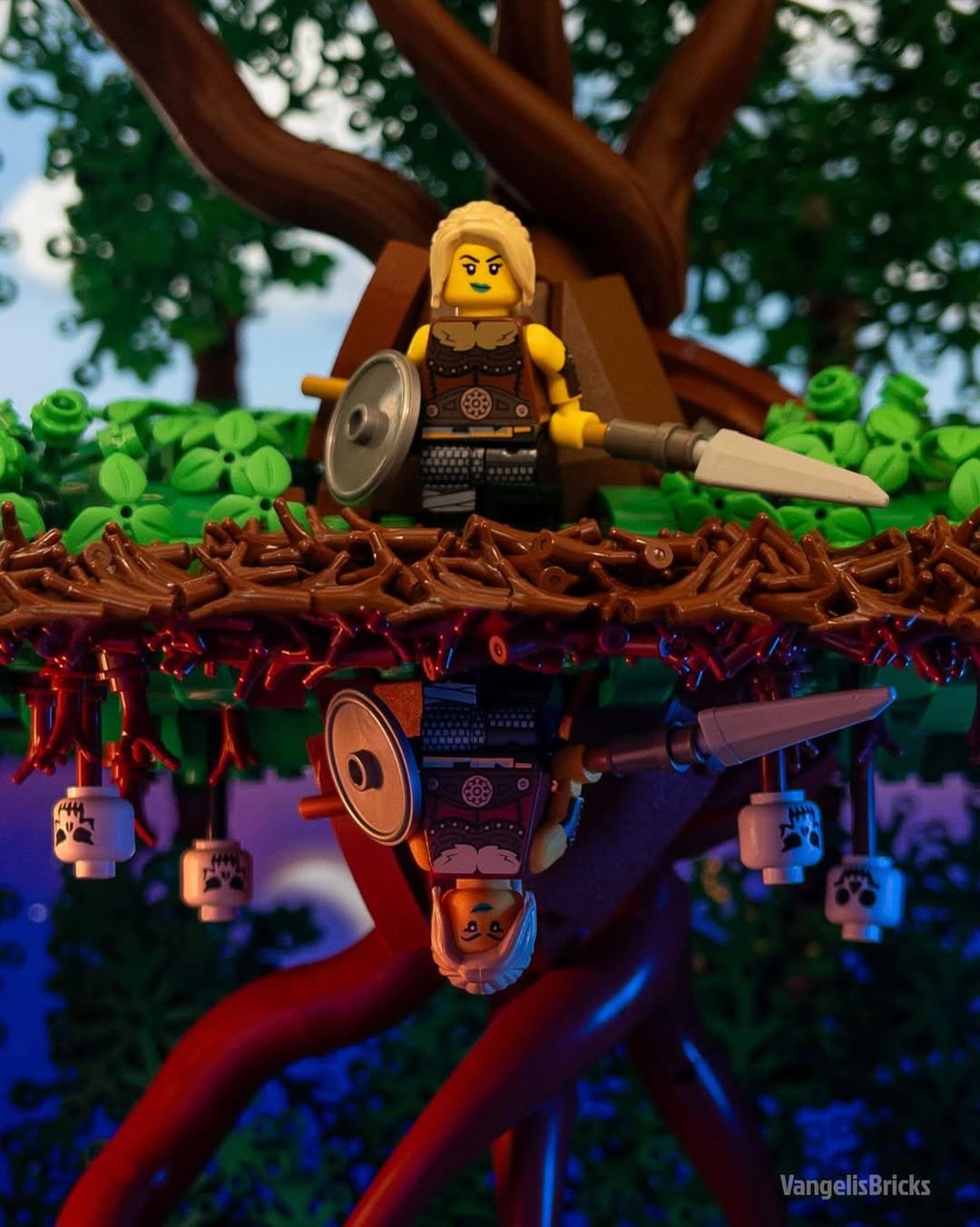The Unicorn: Sailing the Seas with Tintin
/Comics are a great source of inspiration for builders. I often pause on these types of builds because they awaken fond memories of reading comics late into the night. Along those thoughts, builder Julien Allier aka Julio has taken on the creation of a LEGO boat well known to both comic book and film fans alike: the Unicorn from Tintin. I wanted to know more about his build, and he was kind enough to chat with me about it.
Picture by Studiogal
Sam: Hello, Julio! I saw your creation on a Facebook group—being a big fan of comics myself, I thought I recognized a cult-classic boat. Can you tell us more about your source of inspiration?
Julio: Hi Sam, indeed I tried to make the famous Unicorn from the comic book Tintin and The Secret of The Unicorn. I first did some research on Hergé's inspiration, and I discovered that the ship really existed, but under another name, Brilliant, a ship that served under Louis XIV.
Sam’s note: Herge did extensive research at the Musée de la Marine in Paris. The unicorn does not reproduce any specific ship but is a synthesis of different ships that Herge had observed. The decoration is more particularly inspired by the Brilliant built in Le Havre in 1960 by the master carpenter Salicon. It is also possible to determine that the Unicorn is a third-rate ship in view of its 50 cannons, Hergé having shown remarkable fidelity to the characteristics of the French navy at the time of Louis XIV.
General view of the Brillant on the port side. Model at 1:40 scale. Musée de la Marine, Paris.
Sam: Is it a project you've had in mind for a long time?
Julio: Well I wanted to change the theme a bit and the pirate theme is one of my favourites, and being a fan of the Tintin universe, and well, the rest was simple.
Sam: Classic question, but we want to know… how long is it and how many bricks were used?
Julio: Between the research and the end of the construction it took me about five months. For the number of bricks, I am in the 9,000 range probably but without precise figures.
Sam: Which part of the ship are you most proud of?
Julio: I will say the stern and the bow—the fact of making the most details in gold colour inspired me.
Sam: What did you use for the sails? I’m curious why didn't you opt for a 100% LEGO solution?
Julio: I used simple cotton which I worked, my wife cut, sewed and, then I soaked them in tea to give them a not-so-new tint. And why not in LEGO? Simply the weight and especially to see them inflate with the wind.
Sam: You also worked on the visual of your minifigures to replicate them from the comic. How did you go about that?
Julio: Yes, I tried to make it as close to the characters as possible and I had to do some UV printing and engraving to make some customs minifigures.
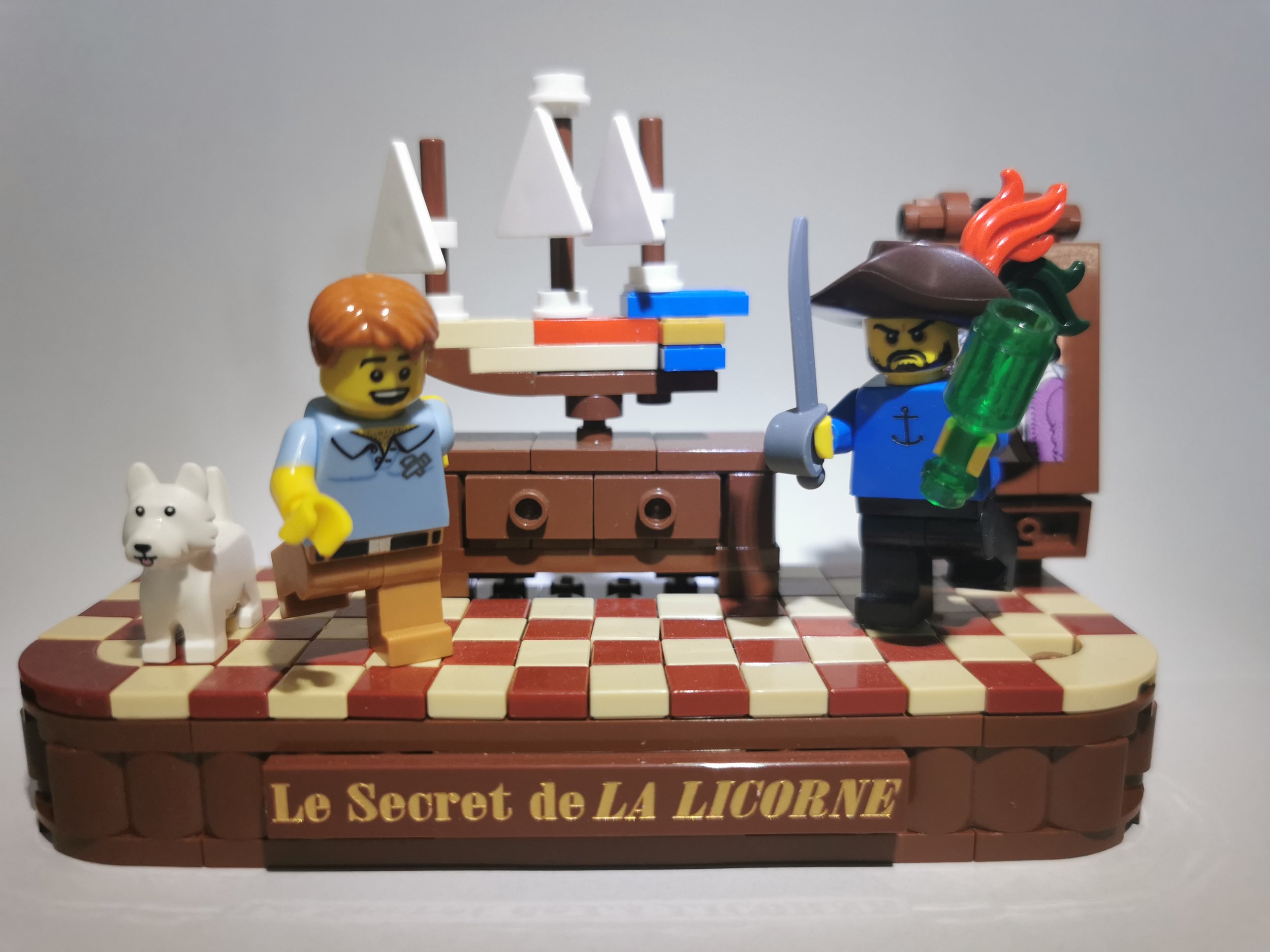
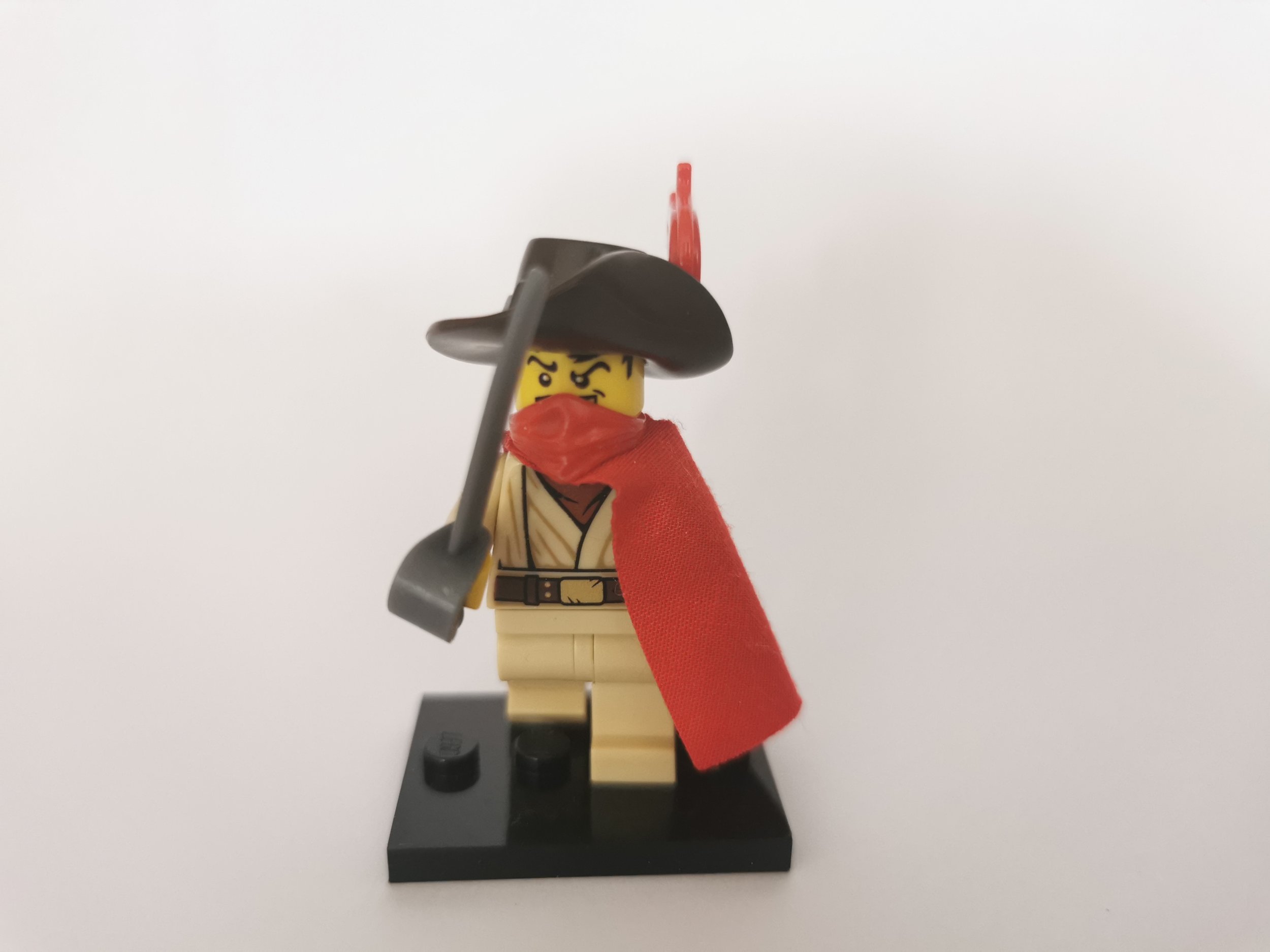
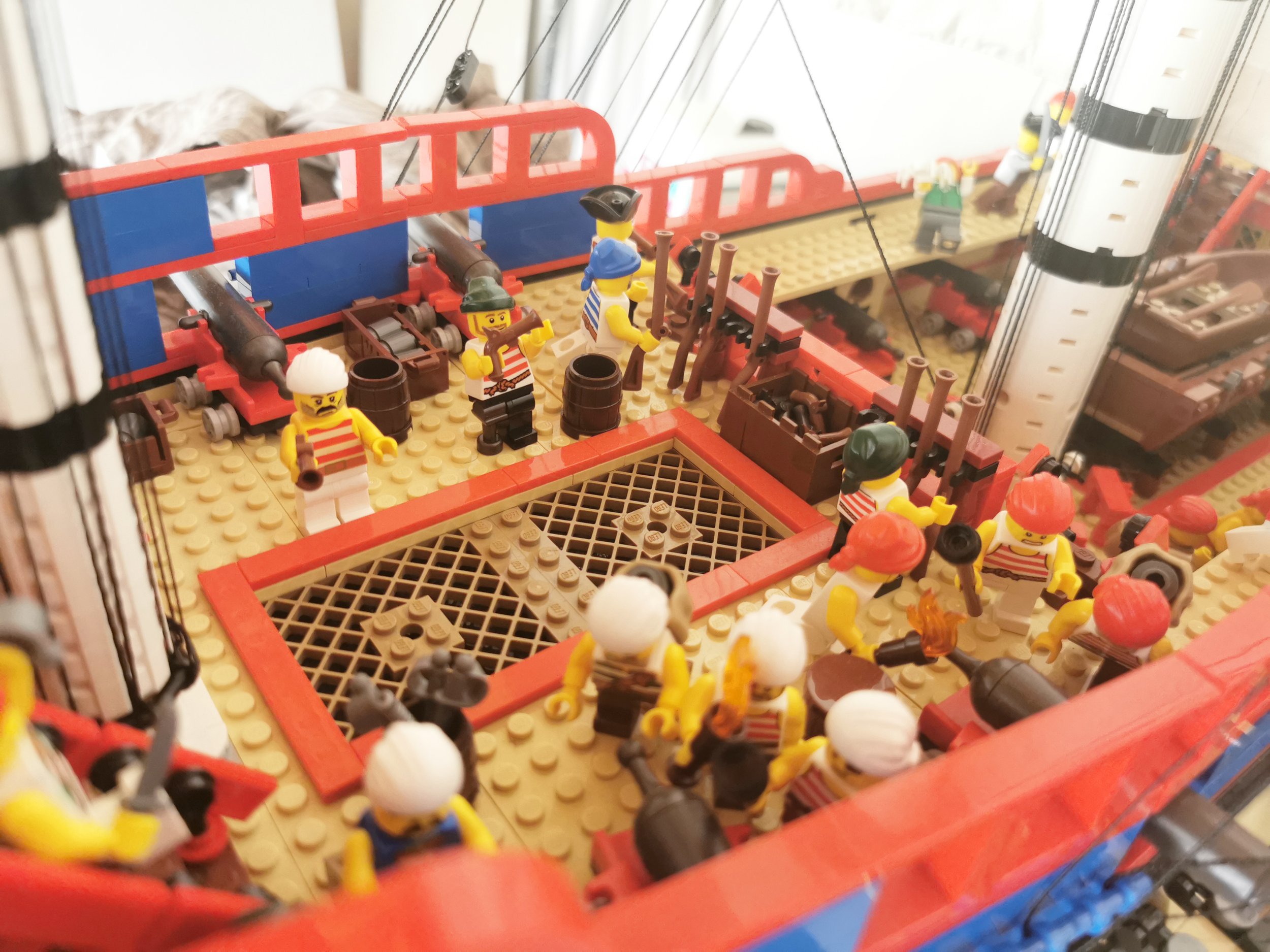
Sam: Did you build the model digitally in Studio before making it with real bricks?
Julio: I made the base in Studio in order to figure out the quantities of parts needed, but I had to build it out more to improve the silhouette of the ship.
Sam: I know you more for Star Wars achievements. Was this ship a desire to offer something else?
Julio: I was a bit at the end of what I wanted to achieve, but changing the theme and especially the type of pieces, colours and texture are the main reasons for my change of themes.
Sam: Thank you Julio for for modelling this cult-classic boat, I'm going to sail into the unknown sea to my next article!
Julio: Thank you, Sam!
Are you a Tintin fan? Do you know how many trans light blue round 1x1 plates were needed to make the water? Leave your thoughts in the comments below.
Do you want to help BrickNerd continue publishing articles like this one? Become a top patron like Charlie Stephens, Marc & Liz Puleo, Paige Mueller, Rob Klingberg from Brickstuff, John & Joshua Hanlon from Beyond the Brick, Megan Lum, and Andy Price to show your support, get early access, exclusive swag and more.

